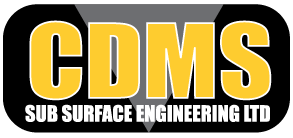CDMS Sub Surface Engineering Limited
Our diverse and experienced teams of Commercial Divers enables CDMS Sub-Surface Engineering Limited
to offer its customers a complete and cost effective solution to Civil and Marine projects
within the Civil Engineering Industry.


Diving Services to 50m

Safety Boats

ROV Remotely Operated Vehicles

Marine Salvage

Confined Space Engineers

UXO Unexploded Ordnance

Underwater Cutting

Demolition

50ft Work Barge

Bollard Scanning

Non Diving Wet Work

Augustus Siebe, also known as the “Godfather of Diving”
Siebe Gorman & Co Ltd was a British company that developed diving helmets and breathing equipment and worked on commercial diving and marine salvage projects. The company advertised itself as ‘Submarine Engineers’. It was founded by Augustus Siebe and his son-in-law, Gorman.
Standard diving equipment was their main manufacturing operation, producing diving helmets in copper and brass. They also made frogman’s equipment for the British armed forces during World War 2, and later, sports scuba gear.
Born in Saxony (Prussia) in 1788, little is known of his early years. He learned metalworking in Berlin and was an engineer and worked as an artillery officer in the army. After the battle at Waterloo, he emigrated to England to settle in London as a precision engineer. He turned out to be at the right place at the right time. The economy was at her top in the middle of the 19th century.
In 1828 Siebe got a patent on a rotating water pump. Sales numbers were formidable and Siebe had his first financial success. He moved to 5 Denmark Street in Soho London. Siebe got married, had 9 children and his company went very well.
Around 1834 the Deane brothers consult Augustus Siebe to turn their “smoke helmet” into a real divers helmet.
In the year 1837 German-born inventor Augustus Siebe, living in England, further developed the Diving Helmet which was sealed to a watertight, air-containing rubber suit. The closed diving suit, connected to an air pump on the surface, becomes the first effective standard diving system, and this helmet was successfully used by Charles Deane in many salvage operations. Many credit this diving system as the prototype of hard-hat rigs still in use today. In his obituary, Siebe is described as the father of diving.
He was not the only one, other divers used the Deane equipment as well. It was a young and clever engineer, George Edwards. After using the Deane gear for over a year, he suggested safety improvements.
Because his idea was to dress the diver in a full dress, instead of a short jacket, and clamp this dress, by means of 20 bolts, to the breastplate. Thus, the helmet could not ever flood again, even if the diver was to stand on his head. The only thing Edwards wanted to reach was to improve safety underwater. For this reason, he gave Siebe the full and free use of his diving dress design in 1838. Edwards did not take out a patent.
Also, in 1839, Siebe produced the first diving helmet and dress, based on Edwards’ design. He used 12 equally spaced bolts to clamp the full dress to the breastplate. This was a huge success.
In 1840, the helmet was used by the Royal Navy on the wreck of the Royal George. The diving team, lead by Colonel Pasley, was very satisfied with Siebe’s helmet. More than they were with Deane’s helmet. Pasley too suggested some improvements to the helmet. He suggested separating the bonnet and the breastplate by way of an interrupted thread facility. Siebe took the advice for the basic design and for all future diving helmets manufactured by Siebe Gorman & Co for many years.
* The first open dress.
* Air could circulate free through helmet and dress.
* The first closed dress.
* Everything was sealed off.
* There was no risk of them filling up with water.
To the millions of diving enthusiasts, Augustus Siebe was known as the Godfather of Diving.
Furthermore, Siebe managed his business with his son-in-law Gorman – Which is one of the reasons for the company name, Siebe Gorman & Co. Also, later nametags carried the name Siebe Gorman & Co. on the breastplate of all helmets. The company no longer exists.
Different types of diving helmets were manufactured by Siebe Gorman and Company to include the famous and most recognized 12 bolt, together with the 8 bolt, and Davis 6 bolt, 3 bolt, 2 bolt, very rare no bolt, flange, and 12 bolt square corselet.
In some cases, helmets were supplied with round side windows, a top-flight, an extra air inlet, an extra air outlet on the corselet or corset. There are many different types of Siebe Gorman Helmets and it’s really difficult to identify each one of them without proper knowledge. He also manufactured diving suits, diving boots, diving knives (extremely rare), diving pumps among other gears under the same name.
In 1970 Oil and gas was discovered in the North Sea British Commercial diving companies still using the Siebe Gorman 12 bolt diving system were facing tough competition from the rival US diving system by Kirby Morgan. The Kirby Morgan favored for its effectiveness and safety is much lighter and with the added benefit of being an “On Demand System” with an integrated scuba regulator the diver takes a breath and get a breath, unlike the free-flowing system of the 12 Bolt Siebe Gorman helmet. Furthermore, the Kirby Morgan system was backed up with an emergency bailout system should the diver be compromised from his surface supply they could switch over to a tank on the diver’s back and make for Bell or surface. This facility was not adapted for the Siebe Gorman diving system. In the 1980s the HSE Health & Safety executive deemed the Siebe Gorman diving system redundant and not fit for service due to safety issues (Bailout facility). The Company was closed but the name, however, lives on and was purchase by a Malaysian company that manufactures Fire Fighting Equipment returning it full circle to its original roots.
Kirby Morgan Diving System – Commercial Diving Equipment
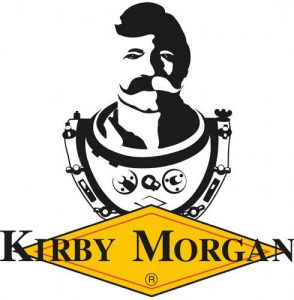
The Kirby Morgan Diving System started in 1966, was to further change the face of commercial diving forever. The Kirby Morgan Corporation was dedicated to the development of lightweight, comfortable, professional diving gear. Through the years they have been known by different names – Deep Water Development in 1969 and Diving Systems International 1977. Though the names changed, the commitment to the divers never has. Now the have come full circle and are once again Kirby Morgan, a name that has become synonymous with quality and cutting-edge design throughout the world. Kirby Morgan Dive Systems, Inc., based in Santa Maria, California, continues to provide the diving industry with our outstanding products, quality parts and service.
The company continues designing and manufacturing the highest quality underwater breathing equipment available while maintaining a strong reputation for safety and excellent customer service. Delivering quality products in a timely manner is made possible by a team of conscientious individuals who take pride in the Kirby Morgan name and products.
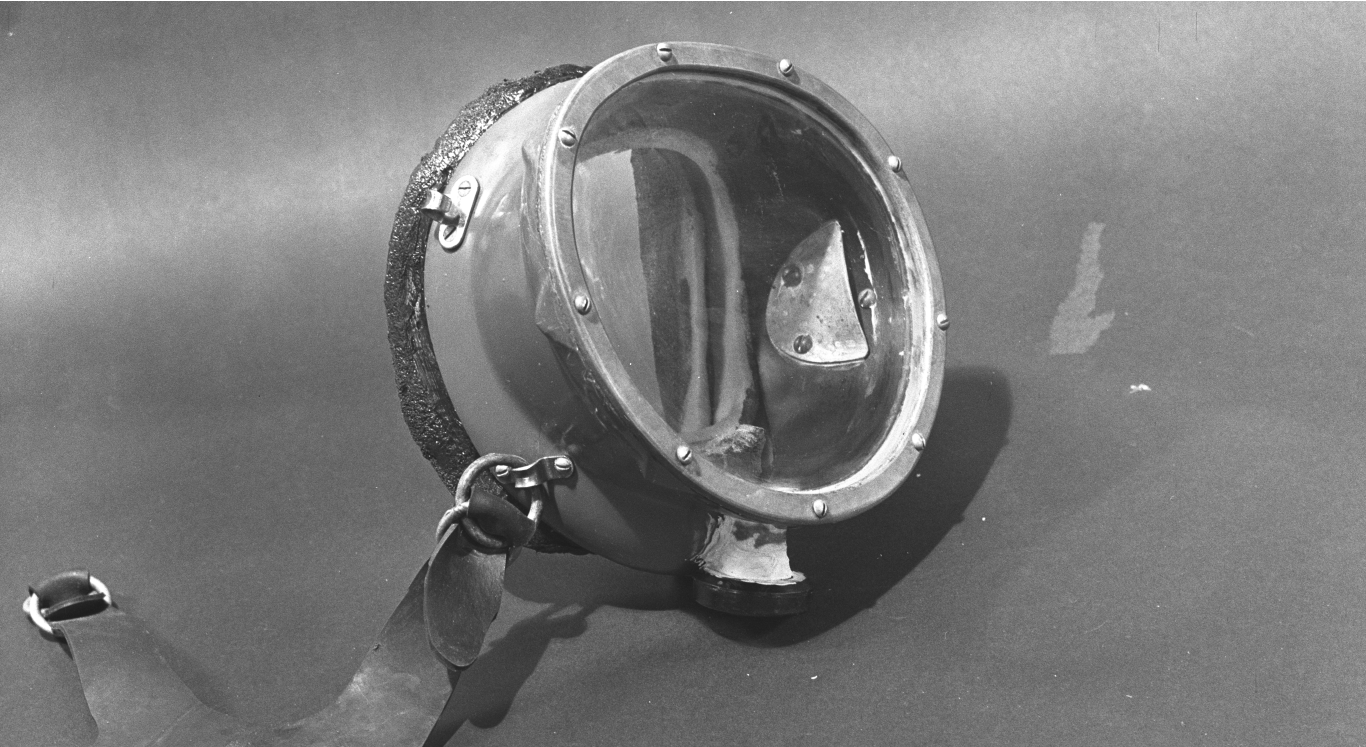
Morgan Mask, Experimental 1.
This mask was our first fiberglass free-flow mask. Air was supplied through a non-return valve at whatever flow the compressor could put out. Four of these were made and used by commercial abalone divers.

The Morgan Mask, Experimental 2.
Incorporated a Sportsways demand regulator. Two of these masks were made using the MX-1 mask as a starting point. There was no side block.

Morgan Mask 3.
This was the first of our masks that had a side block and a demand regulator. The use and positioning of the side block and regulator set the standards for future masks and helmets. A non-adjustable SCUBA-Pro® demand regulator was used. Twenty of these masks were sold to Ocean Systems in 1964.
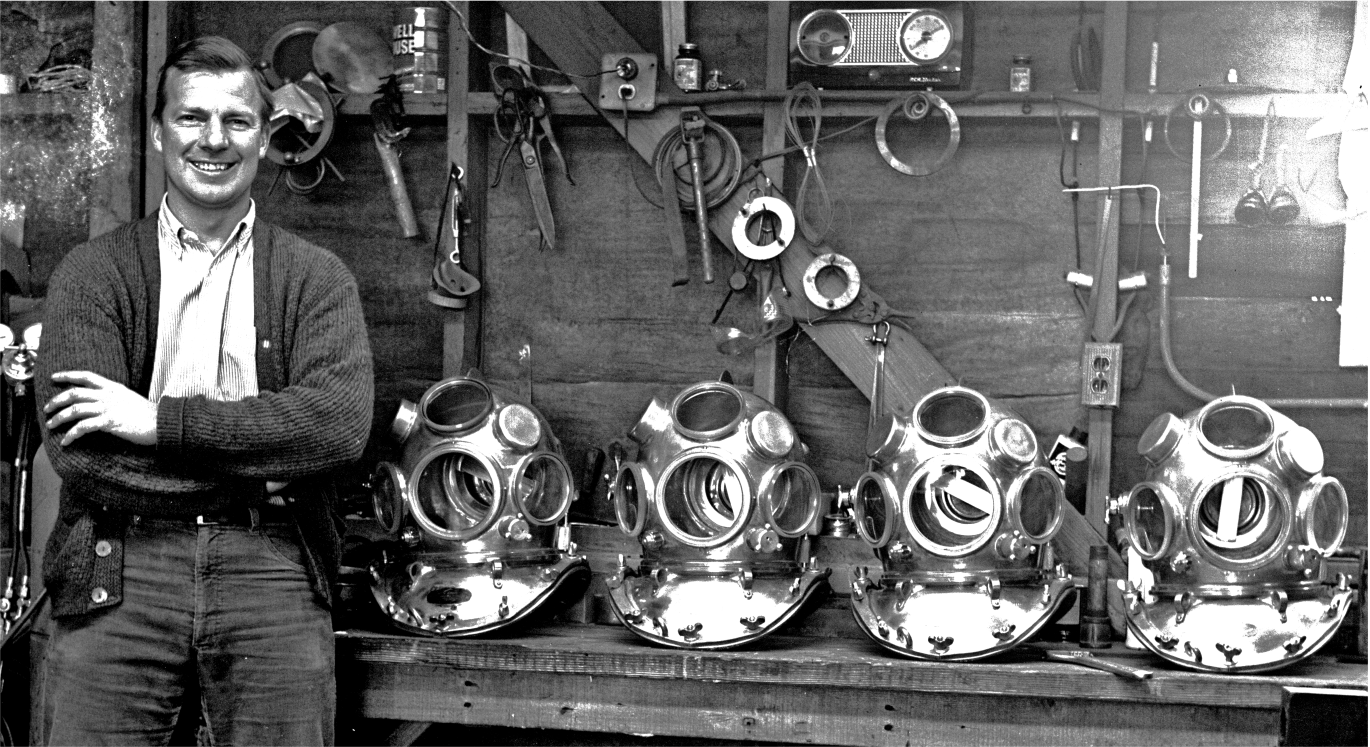
The Kirby Morgan Commercial Helium Helmet.
This helmet was manufactured in 1965. The design was the same as the air hat with the addition of a permanently mounted canister and venturi recirculator system. A standard Sodasorb® CO2 absorbent chemical cartridge was utilized in the canister. This helmet was the first practical commercial helium helmet with a venturi. Mr. H. Dan Wilson was the first designer and user of a commercial helium helmet that used a demand system, not a venturi. His helmet preceded this hat by two years. The U.S. Navy was the pioneer of gas diving, starting in the ’30s. The KMAH-1 and the KMHeH-2 were manufactured by Yokohama Diving Apparatus from 1966 to 1990.
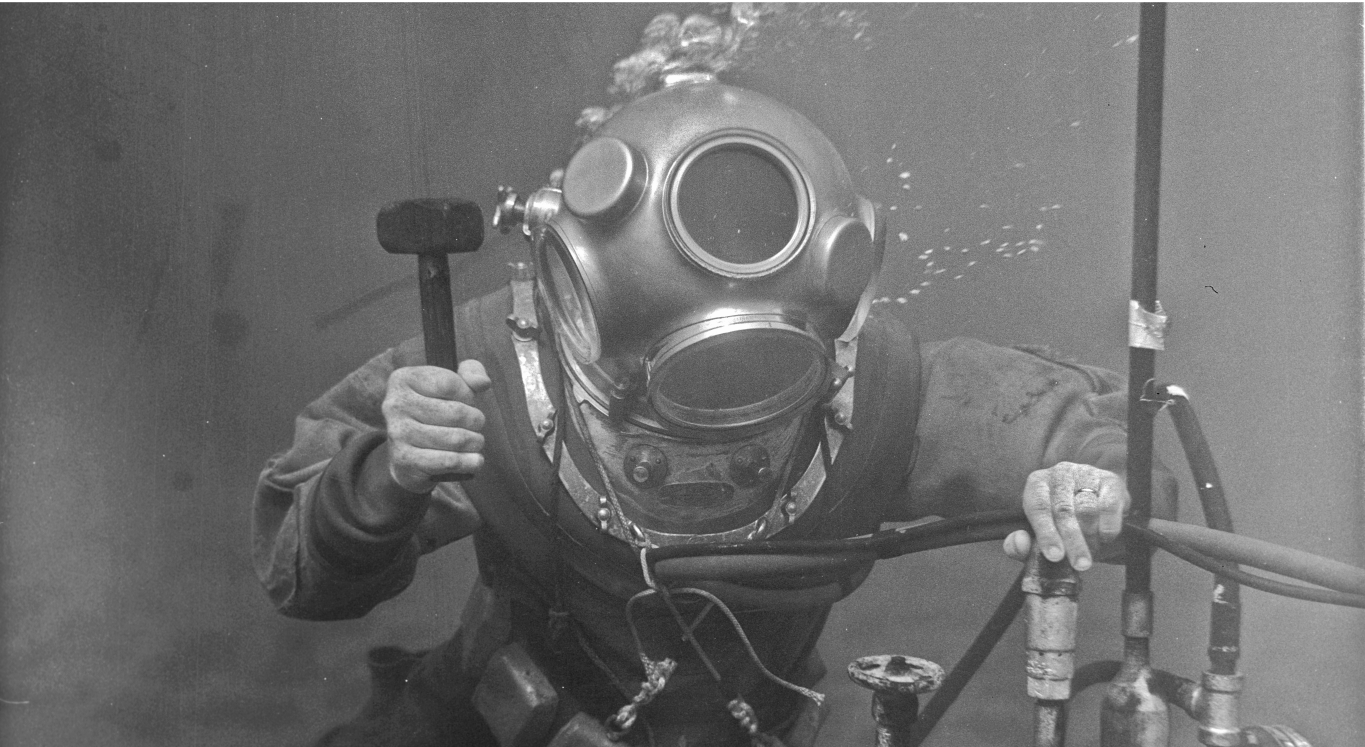
KMAH-1
The Kirby Morgan Commercial Air Helmet. This helmet was manufactured in 1965. (Kirby and Morgan were working together as a partnership prior to the Kirby Morgan Corporation formation.) The breastplate was made by Yokohama Diving Apparatus. The helmet was spun from two sheets of copper by Hummel Products in Santa Barbara, California. The forming and assembly was done by Kirby Morgan. The helmet had several improvements over previous designs. The viewing ports were made of one-inch plexiglass, threaded to screw into the helmet and sealed with O-rings. This eliminated the need for grills over the former glass ports and thus improved visibility. Incoming air was more effectively silenced, improving communication and preventing a loss of hearing to the diver.
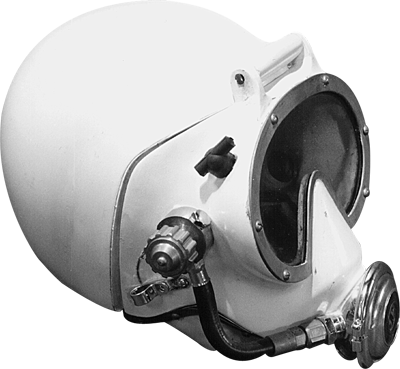
MCSHX-3
The Morgan Clam Shell. Designed to be dry over the entire head with a neck seal, it was not successful, and was not used beyond tank testing. The primary problem was leaking in the joint between the front and rear of the hat.

KMAM-4 Mask Kirby Morgan Air Mask 4.
In 1965 we made a simple steady flow mask for commercial divers. Nine of these masks were made.
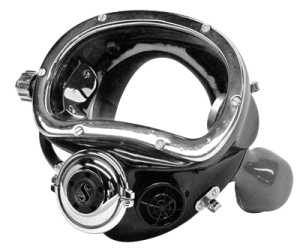
KMM-5 Mask Kirby Morgan Mask 5.
Later in 1965 we manufactured a fiberglass mask that was equipped with a steady flow valve and demand regulator. It had a rigid earphone on one side and used a SCUBAPRO® demand regulator.
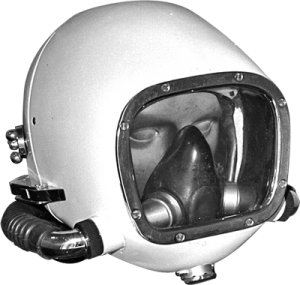
1966 KMCSHX-4 Kirby Morgan Clam Shell Helmet.
The Kirby Morgan Clam Shell Helmet was designed and made in 1966 under contract with the U.S. Navy Experimental Diving Unit. The helmet was designed for use with semi-closed circuit breathing systems. The rear of the helmet was free-flooding. Only one prototype was made and tested.
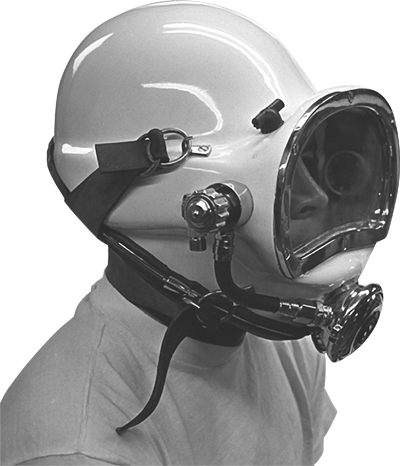
KMSLH-7 Kirby Morgan SemiLight Helmet.
At the same time the clam shell series was being made, the SemiLight fibreglass helmet was designed and manufactured. A face seal separated the face area of this helmet from the back. The first was made in 1966. In all, 36 SemiLights were made and sold. The helmet was discontinued due to lack of time and funding. This helmet was the direct forerunner to the Kirby Morgan SuperLite-17.
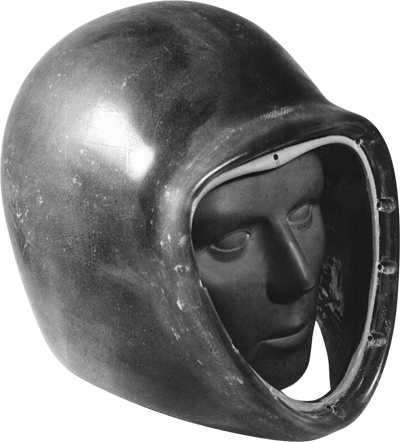
MHX-9 Unnamed Helmet.
This unnamed helmet was designed to be used with a rubber mask section inserted into the forward part of the helmet. One was made and tested.
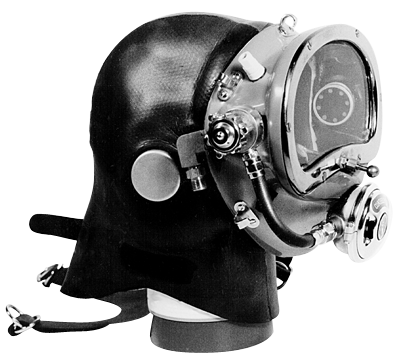
KMM-6 Mask Kirby Morgan Mask 6.
Two earphones, located in a hood and protected by metal cups improved hearing in this mask. All masks up to this one had glued in face cushion/seals. A U.S. Divers® demand regulator was used on this mask which was made in 1966.
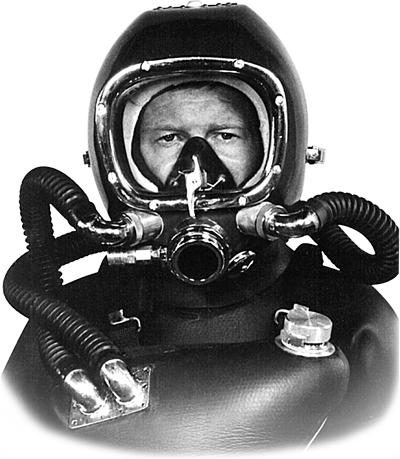
1967 KMCSHX-5 Kirby Morgan Clam Shell Helmet.
The next progression in clamshells, this helmet used a demand regulator as a backup breathing system. The main breathing system was a back-mounted semi-closed recirculator. This photograph shows Kirby suited up for a test, using a chest-mounted breathing bag on a venturi recirculator. This helmet was free flooding in the rear and was made of fiberglass. Only one was made in 1967.

KMB-7 Mask Kirby Morgan BandMask 7.
The glued in face seals were troublesome, so we made the hood/face seal removable with a simple two screw band (the Kirby Morgan BandMask) The earphones were placed in pockets in the hood which made replacement easier. We started making our own regulators that were adjustable by the diver when in use. This mask was made in 1967.
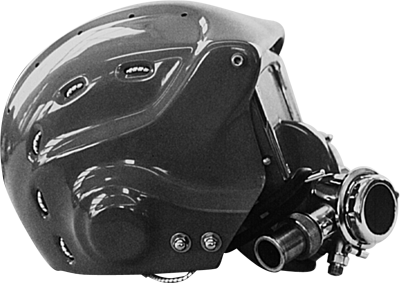
KMCSH-6 Kirby Morgan Clam Shell Helmets.
This was the final version of the early Kirby Morgan Clam Shell Helmets. The hinge point was at the front. It was made of fibreglass and was free-flooding in the rear. Twelve of these helmets were made in 1968 for the U.S. Navy, & eight for Commercial use. Several dry head versions of this helmet were tested but were not successful. The wet head version had limited success.

KMB-8 Mask Kirby Morgan BandMask 8.
This was the first of our masks to sell on a large scale. It had several improvements over the 7, primarily the provision for attaching a bail out bottle for emergency breathing gas supply. This mask was manufactured in 1967 through 1969.
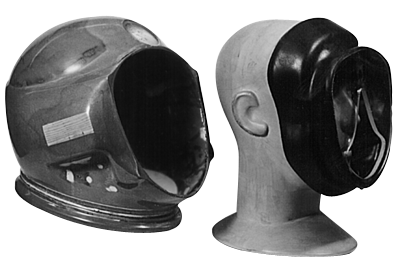
MHX-14 Morgan 14 Experimental Helmet.
This helmet had a rubber insert in the front which isolated the diver’s face from the rest of the helmet to improve the operation of the demand regulator. Water tests were not favourable, so work on this hat was stopped.
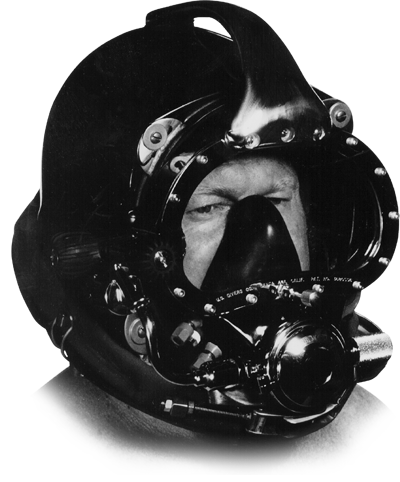
KMH-16 The Kirby Morgan Helmet 16.
This helmet was an add-on hat for the KMB-10 BandMask. A rubber hood inside the fiberglass helmet provided a dry head environment for the diver. The neck seal clamped in place with a cam-action band similar to the SuperLite-17.

1973 KMB-9 Mask
Kirby Morgan BandMask 9. With an improved side valve, a change in the adjustable regulator handle and an injection molded plastic main frame. It was made by U.S. Divers from 1973 to 1975.
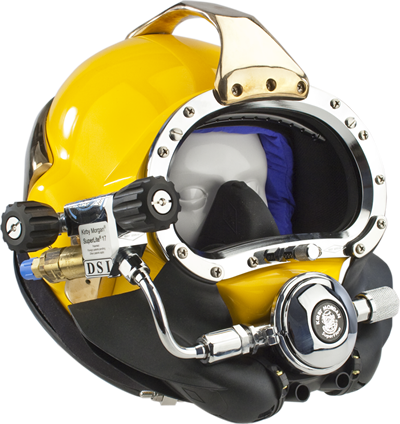
1975 SuperLite® 17B The SuperLite® 17B Commercial Diver’s Helmet was introduced in 1975.
It was the culmination of all the years of testing and alterations by Kirby Morgan. This helmet set the working standard for the commercial diving industry worldwide for many years. Many thousands of underwater hours have proved the design to be dependable, comfortable, and extremely safe. The 17 continues to be the most widely used commercial diving helmet in the World.
